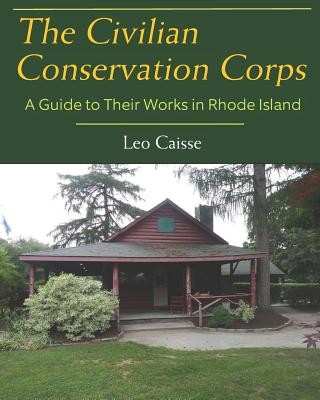
- We will send in 10–14 business days.
- Author: Leo Caisse
- Publisher: Stillwater River Publications
- ISBN-10: 1950339084
- ISBN-13: 9781950339082
- Format: 20.3 x 25.4 x 0.4 cm, softcover
- Language: English
- SAVE -10% with code: EXTRA
Reviews
Description
In 1933, President Franklin Roosevelt created the Civilian Conservation Corps (CCC) as part of his New Deal legislation. The CCC provided unskilled manual labor jobs related to the conservation and development of natural resources on rural government lands. The CCC was designed for men and to relieve families who had difficulty finding jobs. Over 3 million young men would serve in the CCC nationwide.In Rhode Island, from Newport to Glocester, and from North Smithfield to Hope Valley, camps popped up to remake our own state's natural public places. Today, the efforts of those proud young men can be seen still in various stages of restoration and decay. This book provides a unique photographic glimpse at what remains of this important piece of little-known Rhode Island history.
EXTRA 10 % discount with code: EXTRA
The promotion ends in 19d.13:44:11
The discount code is valid when purchasing from 10 €. Discounts do not stack.
- Author: Leo Caisse
- Publisher: Stillwater River Publications
- ISBN-10: 1950339084
- ISBN-13: 9781950339082
- Format: 20.3 x 25.4 x 0.4 cm, softcover
- Language: English English
In 1933, President Franklin Roosevelt created the Civilian Conservation Corps (CCC) as part of his New Deal legislation. The CCC provided unskilled manual labor jobs related to the conservation and development of natural resources on rural government lands. The CCC was designed for men and to relieve families who had difficulty finding jobs. Over 3 million young men would serve in the CCC nationwide.In Rhode Island, from Newport to Glocester, and from North Smithfield to Hope Valley, camps popped up to remake our own state's natural public places. Today, the efforts of those proud young men can be seen still in various stages of restoration and decay. This book provides a unique photographic glimpse at what remains of this important piece of little-known Rhode Island history.


Reviews